How to grow rosemary indoors – expert tips for happy herbs in your home
Give your interior scheme a fragrant boost with this popular Mediterranean herb
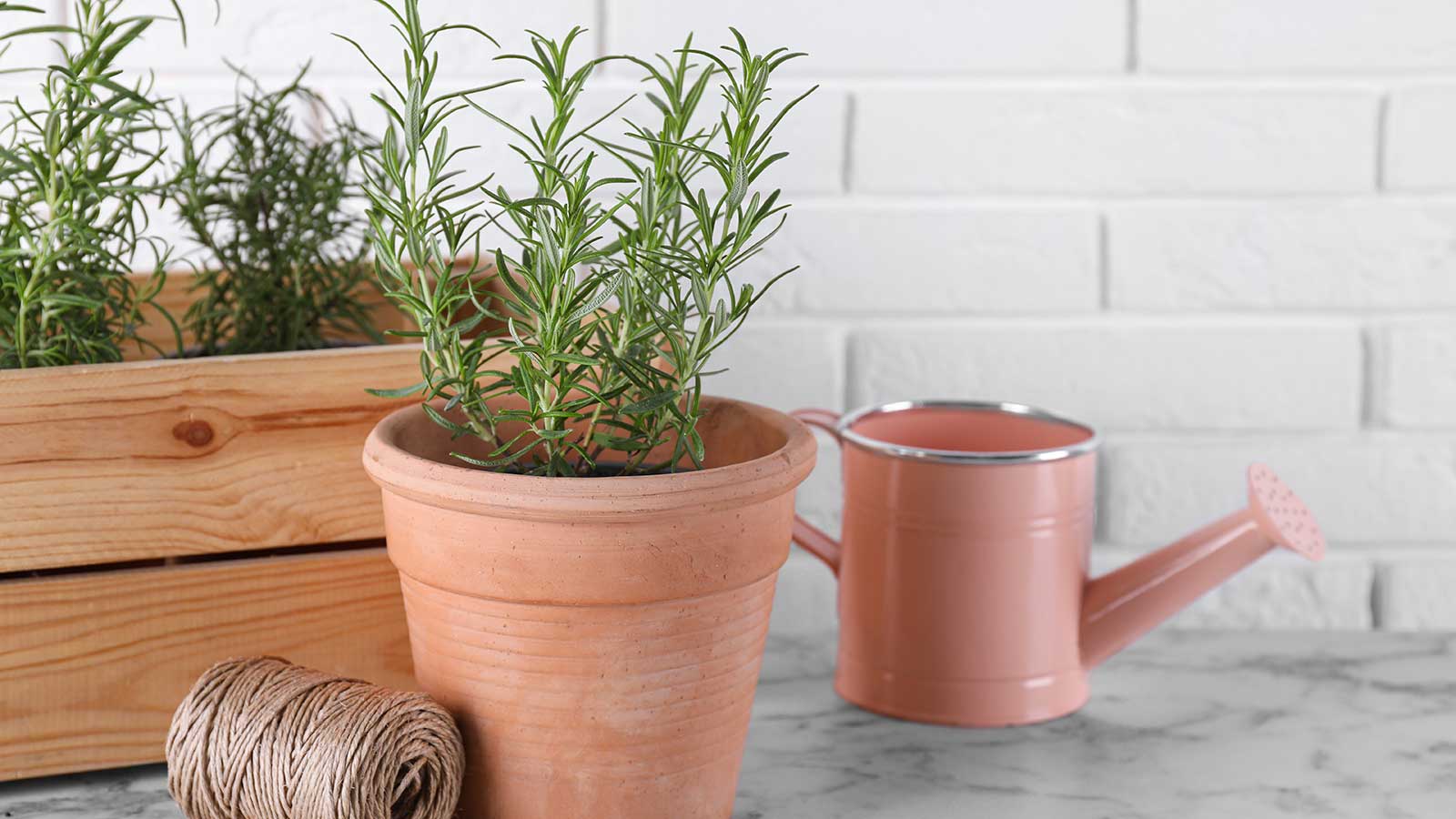

Not all of us have outdoor space for green-fingered endeavors. But luckily, some garden plants can be grown indoors, too. And when it comes to kitchens, herbs are an excellent option, as having them nearby means they'll be easier to add to your cooking.
Growing rosemary may not be the first option that springs to mind when planning an indoor herb display, due to its woodier form. But, just like basil, mint, and other popular edibles, it too can thrive – if you provide the right conditions.
There are some growing tips to consider to increase the chances of success, but it's worth the effort. Adding a sprig or two of rosemary is personally one of my favorite flavor enhancers for roasted vegetables, and it's also a delicious way to give drinks and baked goods a botanical touch.
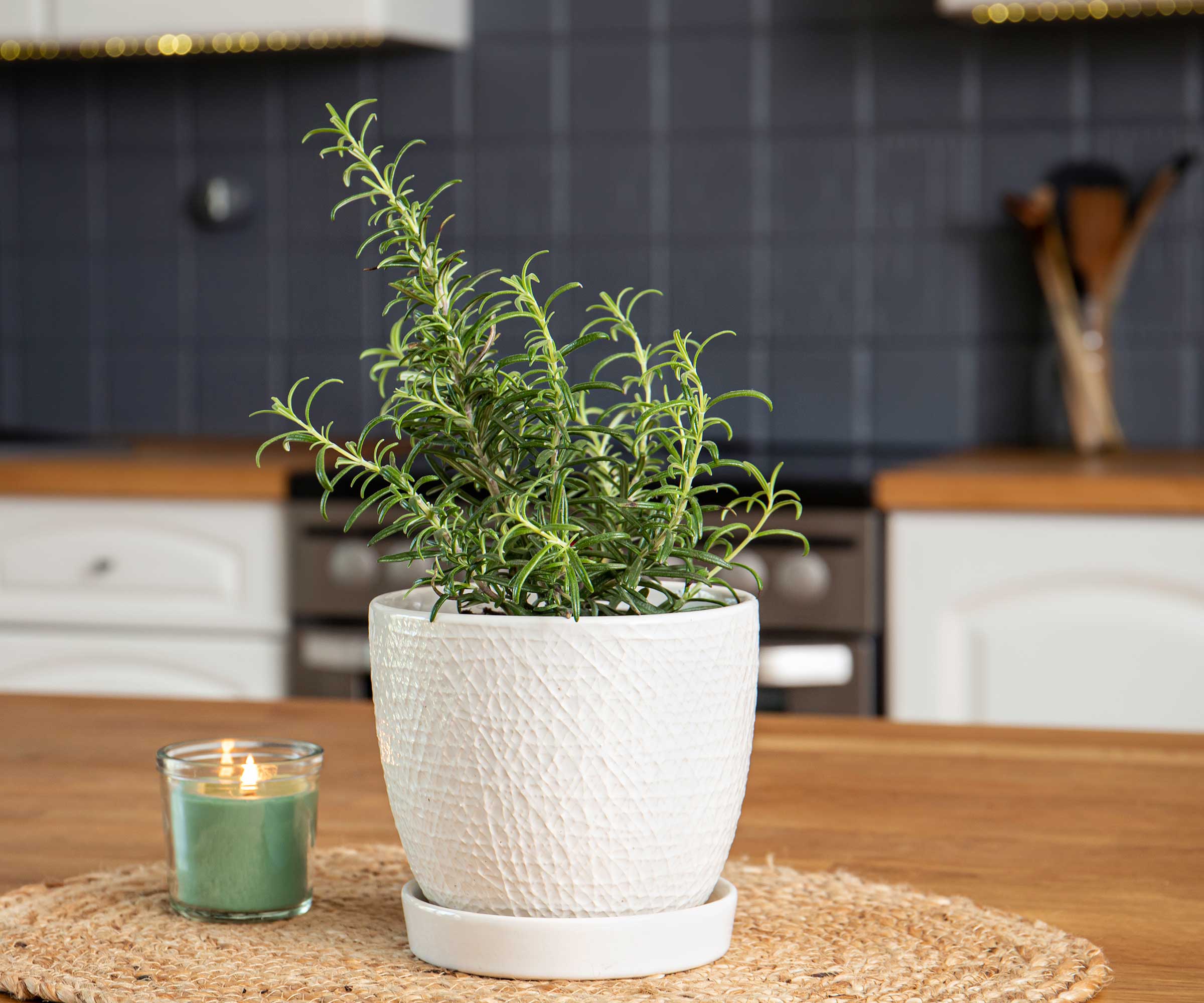
Rosemary is an aromatic plant that's useful for cooking with
Top tips for growing rosemary indoors
Introduce this fragrant addition to your kitchen plant collection.
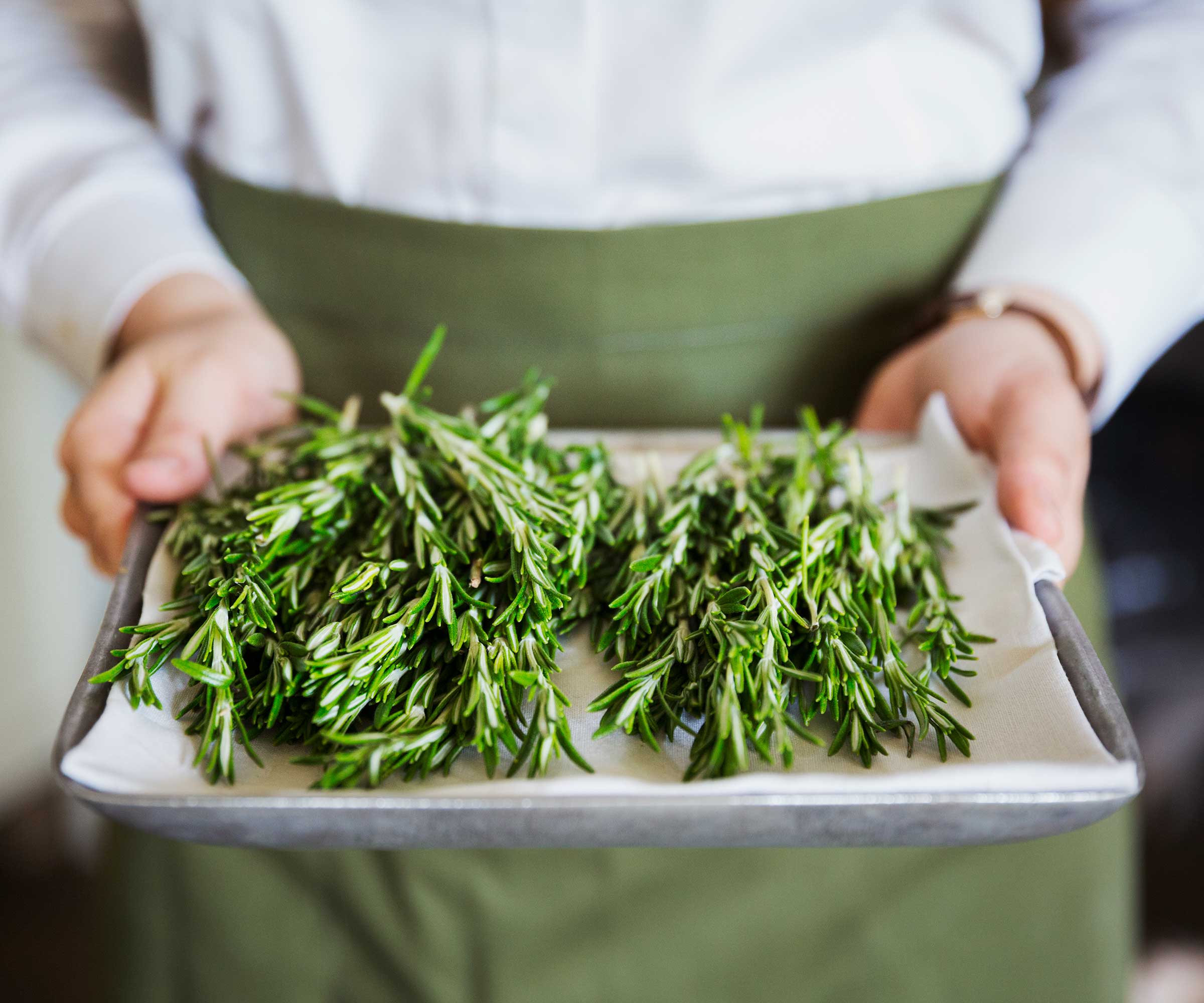
Rosemary can be used when fresh or dried
1. Select the right location
Rosemary hails from hot and dry Mediterranean climes. It needs plenty of sunshine to grow well – at least six to eight hours of direct sunlight per day, says Anna Ohler, the Owner of Bright Lane Gardens nursery. This should be considered when choosing the right spot for it in your home.
A sunny windowsill may work, or you can use grow lights if natural light is insufficient, Anna says. These LED grow lights from Amazon are well-rated.
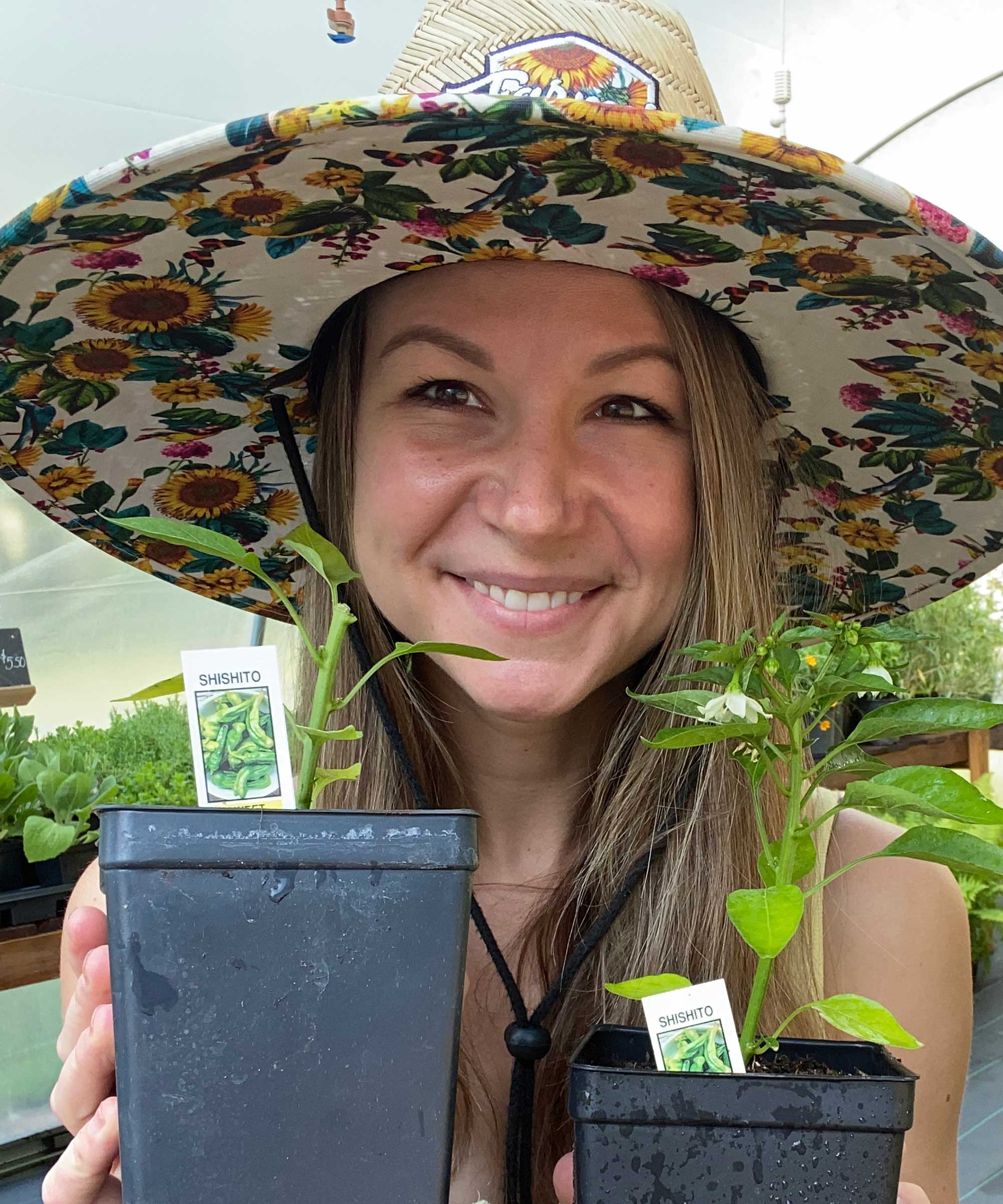
Anna is an avid plant hobbyist and the Owner and Operator of Bright Lane Gardens, a boutique plant nursery in Northern Michigan. With over a decade of experience in gardening and landscaping, she takes every opportunity to share her knowledge on all things plant related.
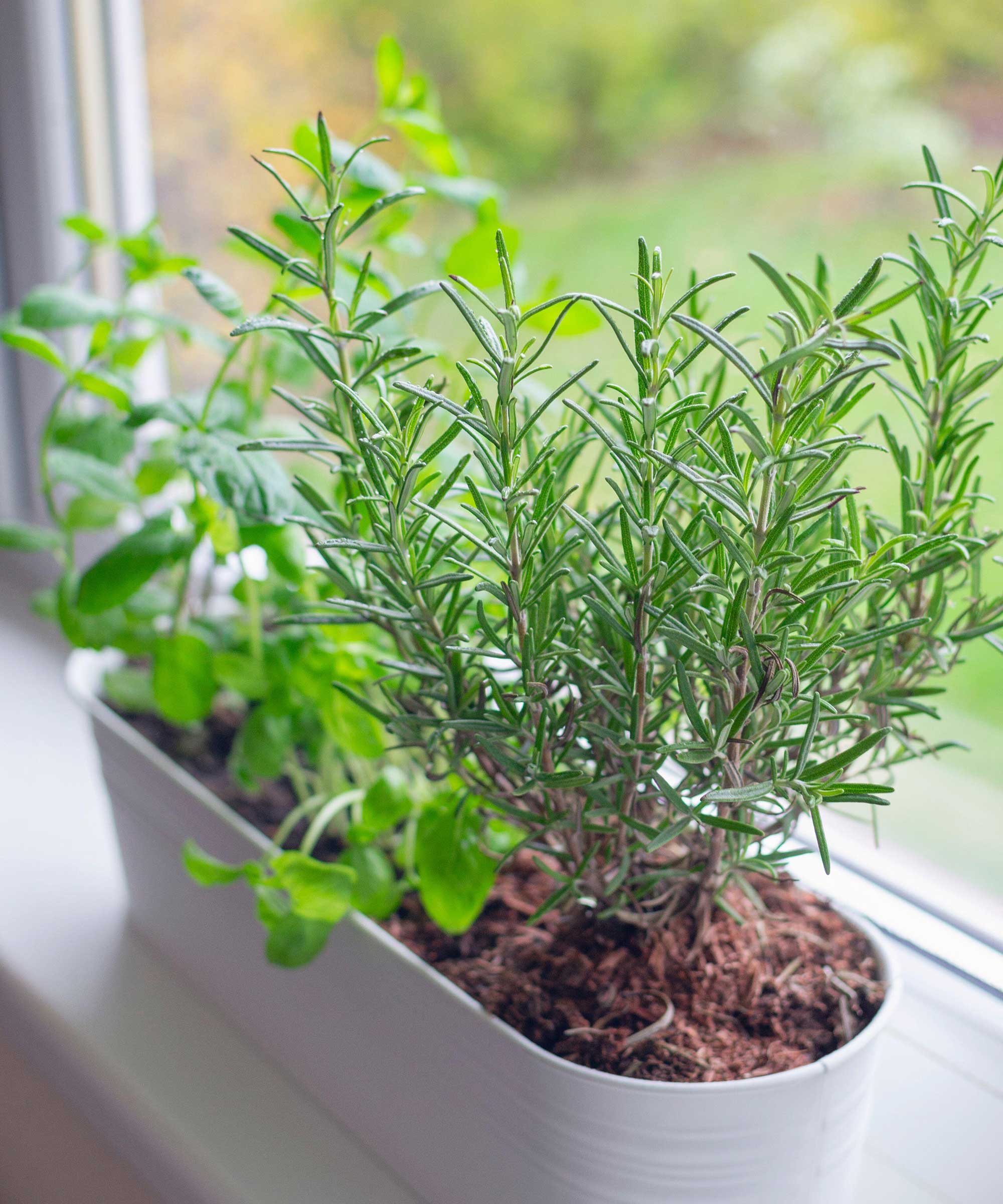
Ensure your rosemary gets enough sunlight
2. Avoid waterlogging your rosemary
Rosemary is a drought-tolerant plant that won't tolerate overly wet soils. This means, when growing it indoors, you'll need to take a few things into account.
First, it's important to choose the right container – one with drainage holes at the bottom, highlights Anna.
The potting mix should also be well-draining. 'You can also mix some sand or perlite into regular potting soil to improve drainage,' Anna says.
Finally, be sure to avoid overwatering your rosemary, which can lead to root rot, Anna says. Allow the soil to dry out between waterings, she recommends.
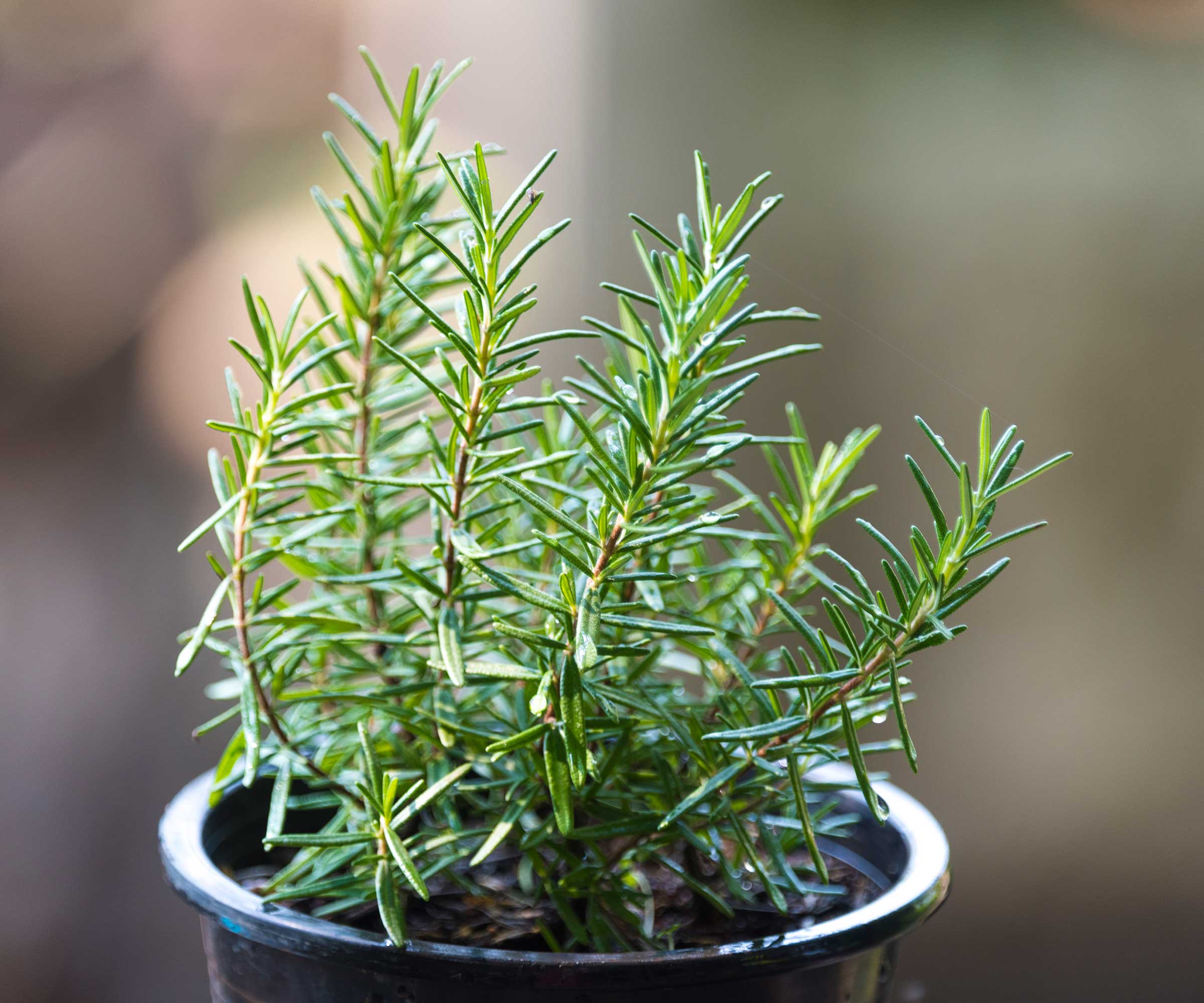
Rosemary shouldn't be overwatered
3. Fertilize it to give it a boost
Many plants will benefit from a dose of fertilizer now and again. This is especially the case with potted plants, as the nutrients in potting soil can quickly be depleted or washed away through the drainage holes.
'During the growing season (spring and summer), feed your rosemary with a balanced, water-soluble fertilizer every 4-6 weeks,' Anna recommends. 'Make sure your fertilizer is safe to use on edible plants.'

Fertilizer can help container plants thrive, whether they're growing indoors or out
4. Harvest indoor rosemary correctly
When growing rosemary indoors, it's tempting to harvest the stems at wild abandon. However, if you take this approach, you'll soon have nothing left, so avoid removing over a third of the plant at one time.
Spring or summer, when the plant is actively growing, is the best time to harvest rosemary. Use sharp scissors or pruning shears to remove full sprigs, cutting near the base of the plant, Anna says. 'Rosemary can easily be dried and stored for future use,' she adds.

Don't pick too much of your rosemary at one time, or your plant may struggle to recover
FAQs
What problems should I look out for when growing rosemary indoors?
'Anytime you're growing plants indoors, you should keep an eye out for pests and diseases,' says Anna Ohler, Owner of Bright Lane Gardens nursery.
'Overwatering indoor plants can often lead to root rot or mildew growth,' she says – so always water with care. In terms of pests, aphids and mealybugs can pose a problem. If you spot them, be sure to treat them quickly, using a method that's suitable for edible plants.
Should I grow rosemary indoors from seed?
You can plant rosemary seeds (available from Burpee), but it's a slow process. The easiest way to start growing rosemary in your home is to buy a pre-potted plant from a nursery or garden center. Then all you need to do is gently remove it from its nursery pot and transplant it into your chosen container, Anna Ohler from Bright Lane Gardens nursery says.
Alternatively, rosemary can be propagated from cuttings. Insert them into gritty compost – preferably a mix of equal parts multipurpose compost and coarse grit – and water them in, says gardening expert John Negus. Then, cover them with a clear plastic bag. 'They won’t take long to root, usually four to five weeks.'

John has been a garden journalist for over 50 years and regularly answers readers' questions in Amateur Gardening magazine. He has also written four books and has delivered many talks over the years on horticulture.
Along with herbs, there are other edible treats you can grow without a garden. Chilis are another perfect choice for a sunny windowsill, while growing lettuce from scraps is a rewarding way to reduce waste. You could also try growing microgreens to give salads a boost.
Sign up to the Homes & Gardens newsletter
Design expertise in your inbox – from inspiring decorating ideas and beautiful celebrity homes to practical gardening advice and shopping round-ups.

Holly started writing about gardening five years ago, and she is a regular contributor to Homes & Gardens. She has also written many gardening features for Woman & Home and Real Homes, too. She has previous experience as a professional gardener, where she helped to plant and maintain private gardens. Holly has also looked after allotment plots over the years and loves to grow her own flowers and veggies from seed. In her spare time, she enjoys visiting local gardens, botanical drawing, and tending to her ever-growing collection of houseplants.
-
 5 hydrangea myths debunked by experts – and what you need to know instead for beautiful blooms
5 hydrangea myths debunked by experts – and what you need to know instead for beautiful bloomsFrom ways to change their color to when to prune, there are certain misconceptions to steer clear of when growing these flowering shrubs
By Holly Crossley Published
-
 How the 'ODT' method can help you to tackle your overwhelming decluttering checklist – and streamline the process from start to finish
How the 'ODT' method can help you to tackle your overwhelming decluttering checklist – and streamline the process from start to finishAvoid 'analysis paralysis' and tick off tasks quickly and easily by making just one decision at a time
By Ottilie Blackhall Published